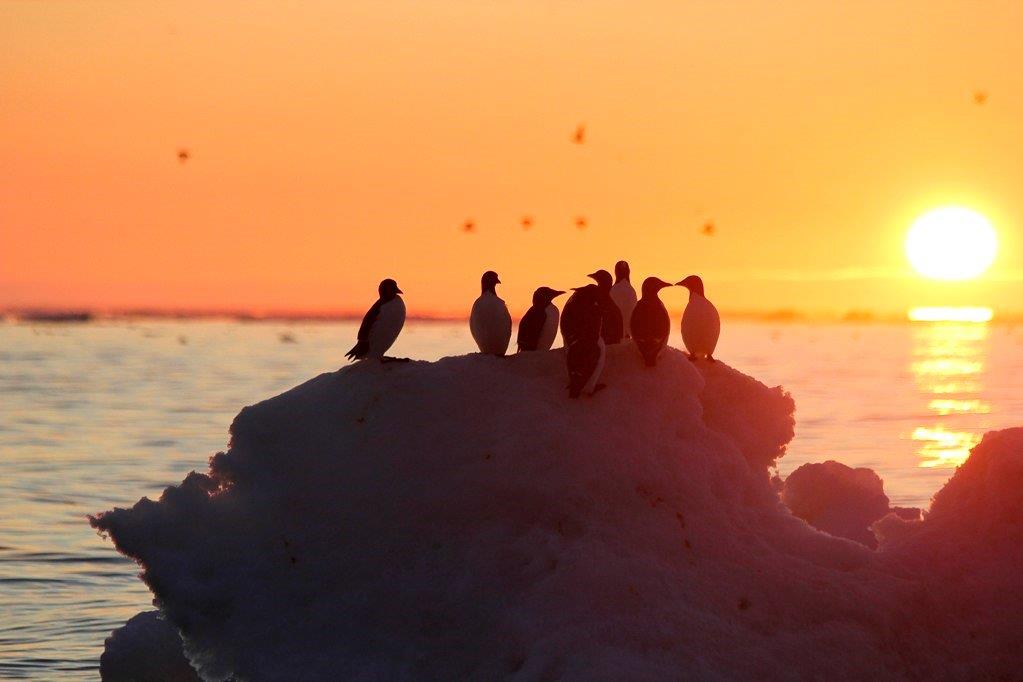Expedition to the edge of the Earth
Wrangel
A visit to Wrangel Island is a unique once in a lifetime experience.
Wrangel Island is a part of Russia’s
The island gained UNESCO World Nature Heritage Status in 2004. It was the first arctic object in the UNESCO list. It was chosen as an outstanding example of the evolutionary development of the arctic landscape and ecosystem diversity on the earth.

See itineraries
Wrangel Exploration

At present the island is the Federal Nature Reserve of the Russian Federation. There really is no real regular population on the island except the rangers who live in a few run down buildings. There are 7 rangers who work/live in the Ranger department, and normally 3 to 4 of them stay through the winter. The island is home to an immense amount of unique wildlife.
It’s referred to as the Polar Bear Maternity Ward because it has the largest density of denning of polar bears anywhere in the world, averaging between 300-350 maternity dens each year on the island, and even more on Herald Island. There are also a big varity of birds coming to the Island.
It is home to an extraordinary amount of animal and plant diversity, the greatest in the high Arctic.
And the best part is that it’s relatively unknown.

Getting to Wrangel Island it is the hardest part of the trip. The only way to get this place is the Arctic cruise but they have limited time to walk on the island. The only way to explore the whole island is the usage of a helicopter from the Northern town Pevek (Chukotka region). The flight is 2 hours 30 minutes. The risk of flight delays is very high due to
Flight Moscow-Pevek is only 1 flight per week. Due to weather

General regulations is applicable on the territory of the nature reserve
1. Travelling through the territory of the nature reserve is allowed only when accompanied by a representative of the nature reserve staff who observes the compliance with the rules and regulations and provides protection for tourists.
2. Tourists must not move away from the representative of the nature reserve further than 50 meters.
3. Distance and procedure of approaching to the animals of various species is determined by the staff representative.
4. Distance and procedure of approaching to the animals of various species is determined by the staff representative.
5. It is prohibited to collect any plants.
6. Leaving garbage is prohibited.
